Results: impact on airflow, pressure and noise
The vast majority of computers use two types of dust filters – a fine nylon one and a coarser plastic one. The fact that the plastic filter lets more through and is less efficient in this respect is already apparent from the eye, as it has a coarser mesh. But do you know which one degrades the performance of the fan more and by how much? One even “wheezes”, which is nicely indicated by a detailed noise analysis at 240 sound frequencies.
Test results
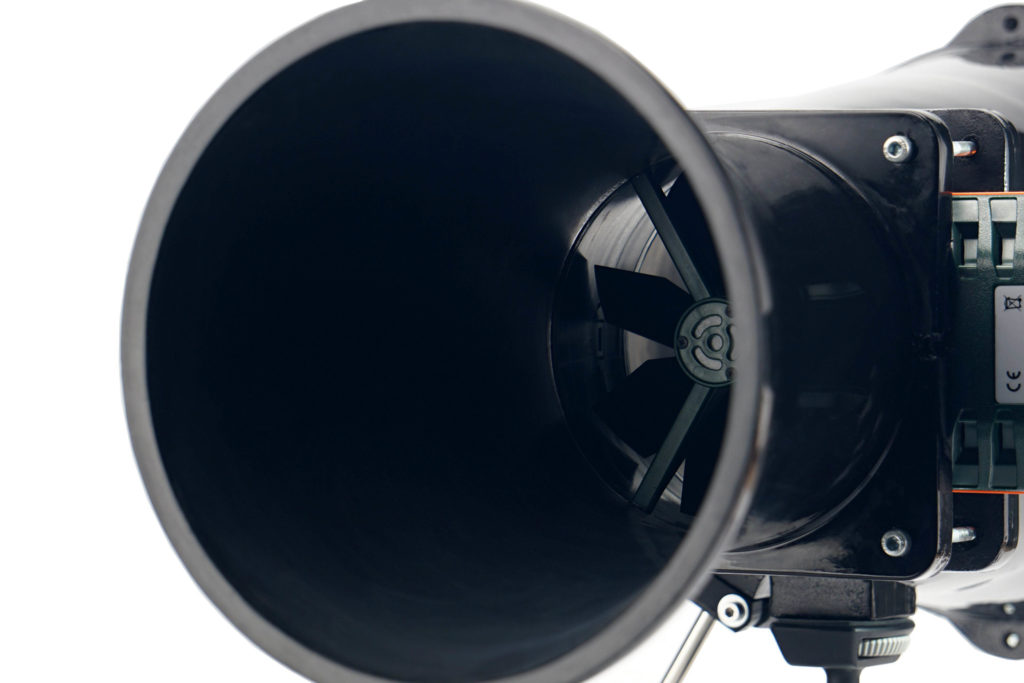
- Contents
- No two filters are the same
- Results: impact on airflow, pressure and noise
- Results: frequency response of sound
- So which type is the bigger brake?





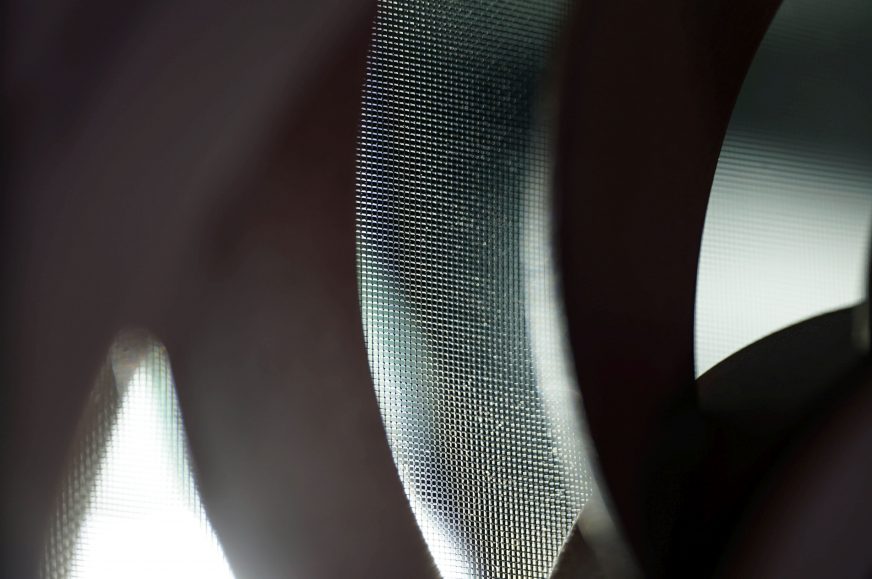
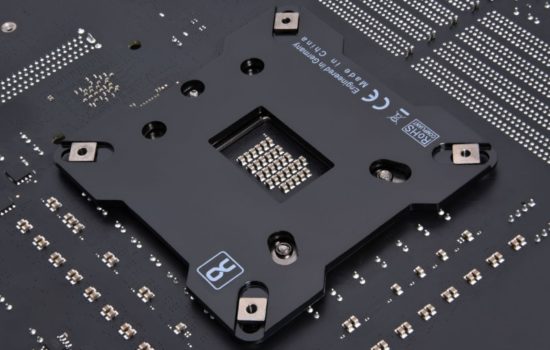
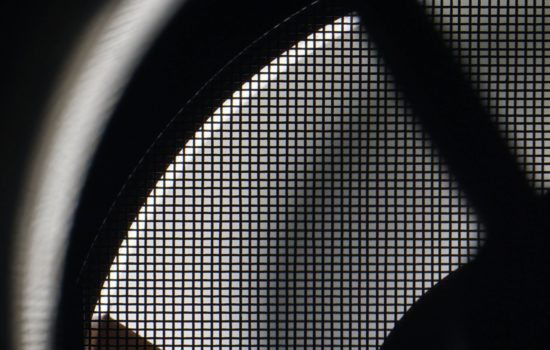
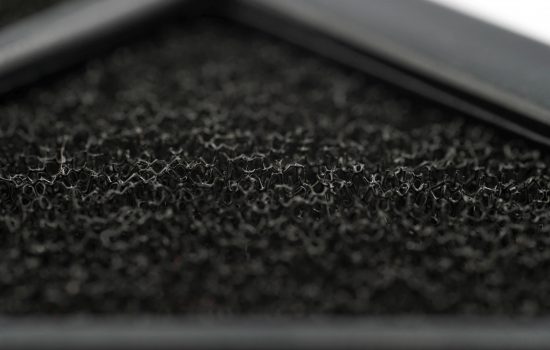



Hi
This was kind of what I was after. I have some headphones that don’t have dust filters on the cups. I know it can affect the sound, but I am interested to see if using fine nylon would be best for dust and also not affect frequency as much.
Thanks
Now that’s a really interesting question. 🙂 Unfortunately, I can’t say how a nylon mesh similar to the one from dust filters for fans will affect the frequency of sound in headphones. It’s probably not a big deal, but… I can’t write anything that would be of any informational value to you.